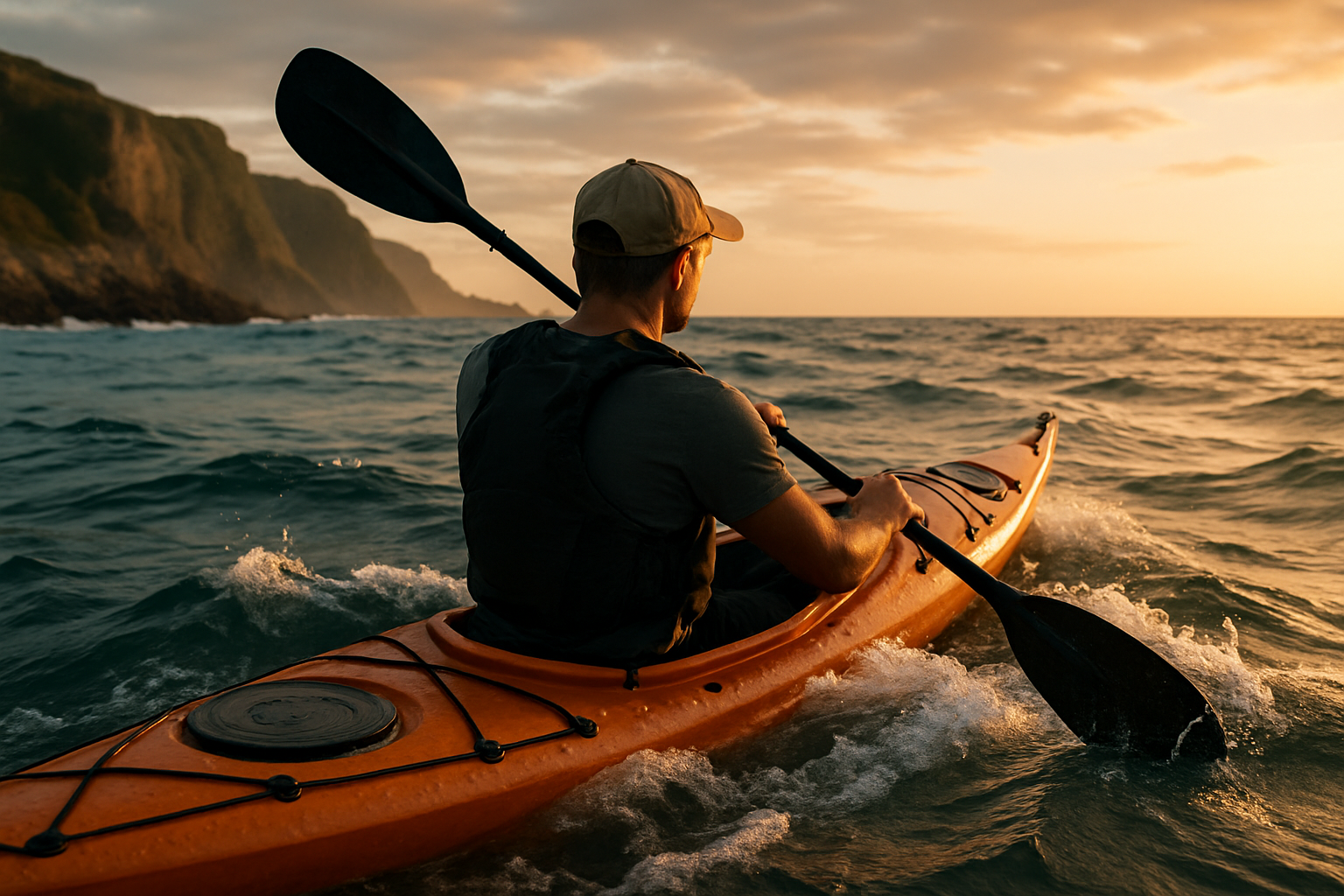Whisking through the Waves: Kayaking as a Unique Travel Experience
The world of travel and transportation is vast and ever-changing, with new trends emerging constantly. While some modes of travel are well-known and widely practiced, others, like kayaking, offer a unique and immersive experience. This article delves into kayaking, its historical background, current trends, practical applications, and impact on travelers.

The Origins of Kayaking: A Historical Perspective
The kayak’s history dates back thousands of years to the Inuit and Aleut peoples of the Arctic regions. These indigenous communities crafted the first kayaks from driftwood or whalebone, covering them with stretched animal skins. This lightweight and sturdy vessel was primarily used for hunting and fishing, allowing these communities to navigate the icy Arctic waters efficiently. Over time, the design has evolved, but the kayak’s spirit of adventure and connection with nature remains.
Current Kayaking Trends: From Sport to Travel
Today, kayaking has transcended its original purpose and has become a popular recreational activity worldwide. It has been embraced by the travel industry, offering tourists a unique method of exploration. Whether it’s maneuvering through the tranquil backwaters of Kerala, India, or exploring the dramatic fjords of Norway, kayaking allows travelers to immerse themselves in the environment. It’s a form of slow travel, enabling tourists to appreciate the landscapes at their own pace and from a unique vantage point.
The Advantages and Challenges of Kayaking
Kayaking offers numerous benefits, from physical exercise to mental wellbeing. It’s a low-impact activity that can help improve cardiovascular fitness, increase muscle strength, and reduce stress levels. Kayaking also provides an opportunity for wildlife viewing and environmental appreciation, fostering a bond with nature.
However, there are challenges as well. Weather conditions, water currents, and potential wildlife encounters require preparation and caution. Moreover, while kayaking is inclusive and accessible, it may not be suitable for those with certain physical limitations or health conditions.
The Impact of Kayaking on Travelers
The integration of kayaking into travel itineraries offers travelers a chance to interact with their surroundings actively. It fosters a sense of adventure, encourages physical activity, and provides a unique perspective on the destination. Furthermore, it promotes sustainability, as kayaking is a low-impact activity that doesn’t contribute to pollution or habitat destruction.
Kayak Travel: Quick Insights
-
Always prioritize safety: Wear a life vest, know how to swim, and consider taking a kayaking course.
-
Respect the environment: Don’t leave any trash and avoid disturbing the wildlife.
-
Choose an appropriate kayak: Sea kayaks are designed for open water, while recreational kayaks are better for calm lakes or rivers.
-
Check the weather: Weather conditions can significantly impact your kayaking experience.
-
Pack wisely: Bring sun protection, water, and a dry bag for your belongings.
Wrapping Up: Unleashing the Adventurer Within
In conclusion, kayaking offers a unique, engaging, and environmentally-friendly mode of travel. It allows travelers to connect with nature, engage in a healthy activity, and experience destinations from a different perspective. As the travel industry continues to evolve, trends like kayaking demonstrate the potential for innovative, immersive, and sustainable experiences, redefining the way we explore the world.





